It’s not just cosmetic! The stains, cracks, and bulges found on stucco exteriors are usually symptoms of a much uglier problem.
Read on to find out the most common stucco problems and what to do about them.
The Warning Signs: When You Should Repair or Remediate Stucco Damage
It would be best if you considered repairing your damaged stucco sooner than later when you see:
- Exterior cracking and flaking
- Missing or failing caulking
- Impact damage
- Staining, efflorescence, discoloration
- Delamination
- Worn, shiny finish coat
What causes stucco damage?
The most common causes of stucco damage are:
- Extreme Weather
- Moisture and Water Intrusion
- Improper Installation
- Wildlife
- Age
Extreme Weather Can Cause Stucco Damage
You’re probably well aware that Colorado’s unpredictable weather patterns can be brutal on home exteriors. While stucco is the perfect solution not only as a protective barrier against harsh weather but for curb appeal, it can sometimes fail if it’s damaged or installed improperly.
Here is how the Colorado climate might affect your stucco exterior:
The Freeze and Thaw Cycle:
Colorado winters are undeniably beautiful, but its deep freezes and quick thaws can expand already cracked stucco, leaving it exposed to water intrusion.
High Winds and Debris:
High winds carrying debris can directly impact your stucco exterior. These high wind events can worsen the damage if it’s already flaking or cracking.
Soil Expansion:
Colorado is notorious for its shifting and expanding soil, causing stress cracks in your home’s foundation. If left unattended, these cracks can travel up the stucco walls of your home, again leaving it exposed to moisture and water to get trapped. Trapped moisture is a breeding ground for mold, mildew, and sagging stucco.
Hail Damage:
We all dread the late summer hailstorms and hold our breath as it pummels our cars, our gardens, and, of course, the exterior siding on our homes! Read how hail can damage stucco and what to do about it here.
Sun Damage:
Colorado has more consecutive days of sun than most states. The sun can cause general weathering to the surface acrylic layer of the stucco system.
What is the solution to weather-related stucco damage?
We get calls all the time to reskim, redash, or completely re-install stucco walls made with EIFS. That’s because the material is synthetic and backed with foam, making impact damage, cracks, and holes more probable. We get hail damage on Traditional/Hardcoat stucco too. However, it does not cause impact damage. It just leaves polka dots on the finish coat meaning we need to reskim.
The solution to weather-related stucco damage is a correctly installed and maintained stucco system.
Traditional, hard coat stucco is the way to go to protect your home from the elements and create beauty and curb appeal as well.
It’s important to note that only trained and certified stucco contractors should be installing traditional hard coat stucco.
- LEARN More: What are the different types of stucco applications?
Moisture and Water Intrusion Can Cause Stucco Damage
So we’ve established that the weather can contribute to the cracking and peeling of stucco. But what happens if you’re dealing with water and moisture damage to your already-cracked stucco?
Here are the most common signs homeowners will see when it comes to water-damaged stucco:
- Hydraulic pressure: Hydraulic pressure happens when water moves behind a stucco wall causing swelling, bubbles, and blisters in the stucco. This issue is usually the result of poor installation, missing flashing, or no stucco maintenance
- Wicking: Wicking occurs when moisture is absorbed into the stucco and leads to staining, discoloration, and blistering. It’s likely the result of poor extending stucco walls too close to grade, or poor window, roof, or gutter installation.
Can’t I just paint over cracks and holes in my water-damaged stucco? No, reskim instead.
The short answer is NO!
The long answer is NO!
Trying to save money upfront and just painting or patching stucco on your own will lead to even more costly repairs. While cracks, holes, and discoloration are unsightly, they are a symptom of a bigger issue.
Paint does not allow your stucco system to operate and can hold water causing moisture damage to the substrate of the home. It also blurs the beautiful finish homeowners with stucco desire while making future repairs harder. Paint lasts ⅓ of the time that a reskim does.

Why reskim stucco instead of paint? ? You can’t reskim or paint over water-damaged stucco. Water-damaged stucco has to be repaired. Meaning we have to tear out the damaged parts and then rebuild the system.
Painting over stucco cracks, holes, delamination, efflorescence, and water damages only last 5-7 years if you’re lucky. Doing so also increases the likelihood of more costly repairs down the road. On the other hand, reskimming your traditional hard coat stucco instead will last more than 20 years while maintaining the look and texture traditional hard coat stucco boasts.
What to do about water-damaged stucco?
A skilled and certified stucco contractor will make sure your stucco installation or repair for water-damaged stucco includes:
- Proper drainage
- Correct reinstallation
- proper moisture barrier installation
- Proper installation of flashing and gutters
- LEARN More: Stucco Moisture Damage
Improper Installation Causes Stucco Damage
We’ve brought up improper stucco installation as the cause of most damage-related issues. Still, at the risk of repeating ourselves, we’ll say it again: Improper installation causes stucco damage!
We always get calls to repair the damage other stucco contractors left behind. This is why is important to get a good contractor who installs the system properly.
Some of the most common stucco installation issues we’ve seen are:
- Improper Door or Window Installation
- Improper Flashing Installation
- Improper Sealing and dissimilar material on home
- Improper sealing of Electric Outlets
- Improper Deck Installation
- Improper use of tools and materials: wrong nails, wrong staples, their substrate was not installed correctly or the home was not constructed properly, to begin with, etc.
The bottom line is when it comes to stucco installation and repair, do your research! Look at the companies’ reviews, past jobs, and certifications. And if the price seems too good to be true, it probably is!
How to Finance your Stucco Job
Wildlife, Namely Woodpeckers, Can Cause Stucco Damage

They may be cute, but the holes and cracks woodpeckers create in stucco are anything but cute!
Since EIFS is the impact-prone type of stucco because it is backed by foam, woodpeckers and other birds can easily create holes. When woodpeckers make holes in the stucco exterior, it looks terrible and is a prime opportunity for water intrusion leading to mold, deterioration, and rot.
What to do when a woodpecker damages your EIFS stucco?
If addressed early, you may only need to make cosmetic repairs to your woodpecker-damaged stucco. Reskimming the wall from corner to corner may be required if the damage is extensive. The stucco system section may need replacing if left unrepaired for a long time.
Ask your stucco contractor about woodpecker-proofing your stucco with a modified traditional hard coat system.
Termites, insects, and other pests:
Whether it’s a woodpecker or improper installation that is the culprit for holes and cracks in your stucco, it’s an open invitation for other wildlife, like squirrels and rodents, and insects, like termites, to make a home in your home!
Schedule a Free Estimate for Stucco Woodpecker Repairs or Proofing
In this article, we’ve covered:
- The solution to fixing and preventing weather-related stucco damage on Colorado stucco.
- What to do about water-damaged stucco in Colorado.
- What to do when a woodpecker damages your stucco in Colorado.
- The most common stucco installation issues.
- No matter what, DO NOT paint over stucco damage.
- Always go with a stucco contractor who will reskim and install traditional hard coat stucco.
About V.A.M.P. Stucco:
When it comes to stucco reskimming, redashing, remediation, or installation on your Colorado home, consider calling V.A.M.P. Stucco, a five-star rated Colorado stucco contractor. Quality is at the heart of everything from no-pressure, non-commissioned estimations to our licensed, certified, and skilled in-house stucco contractors.
V.A.M.P. Stucco is licensed in every Denver Metro and surrounding area counties and certified installers for all major stucco products. We care about the quality of products that we put on your home and our staff, all of which are in-house and insured, which means no subcontractors and more accountability for quality work.
We install, reskim, redash, refresh, and reVAMP stucco for the following Colorado cities:
- Denver and surrounding areas:
- Aurora
- Englewood
- Greenwood Village
- Littleton
- Morrison
- Evergreen
- Roxborough Park
- Sedalia
- Castle Rock
- Parker
- Highlands Ranch
- Centennial
- Golden
- Lone Tree
- Lakewood
- Wheatridge
- Arapahoe County

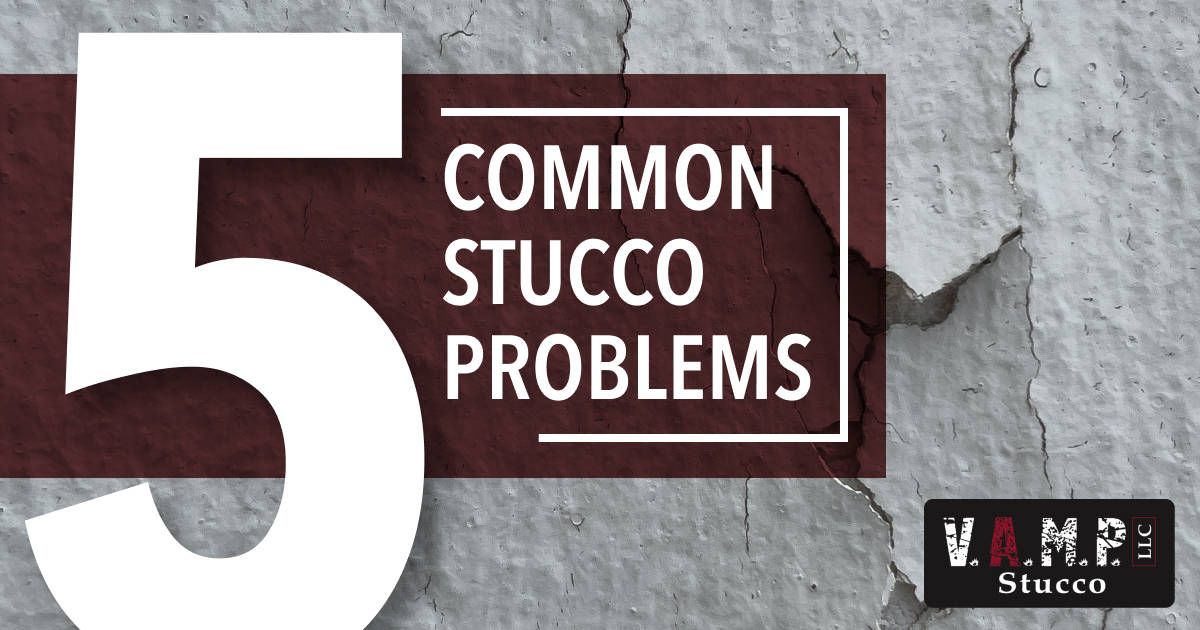
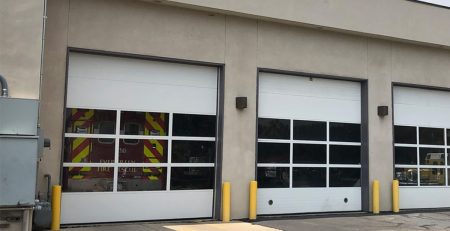
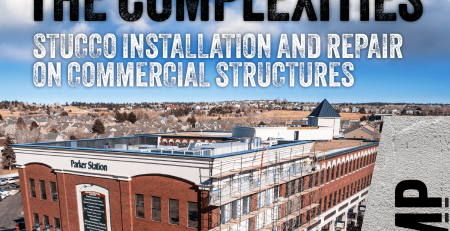
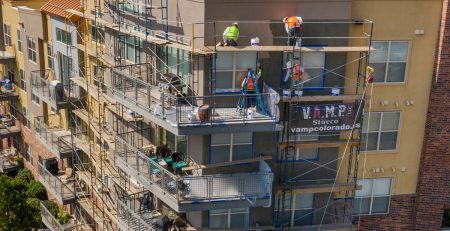

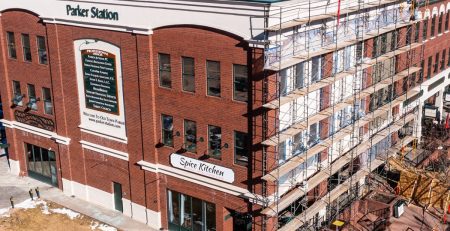

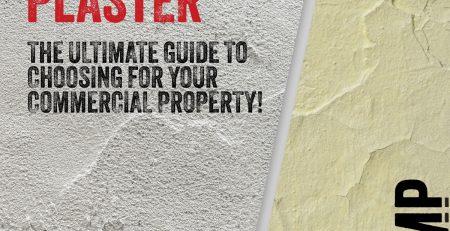
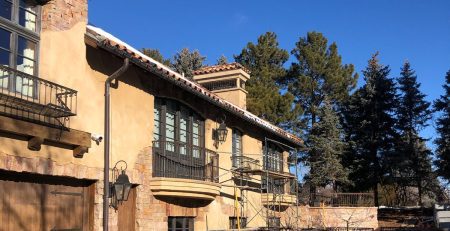

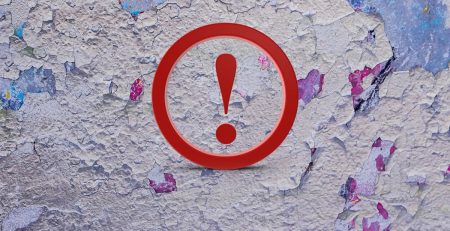
Leave a Reply